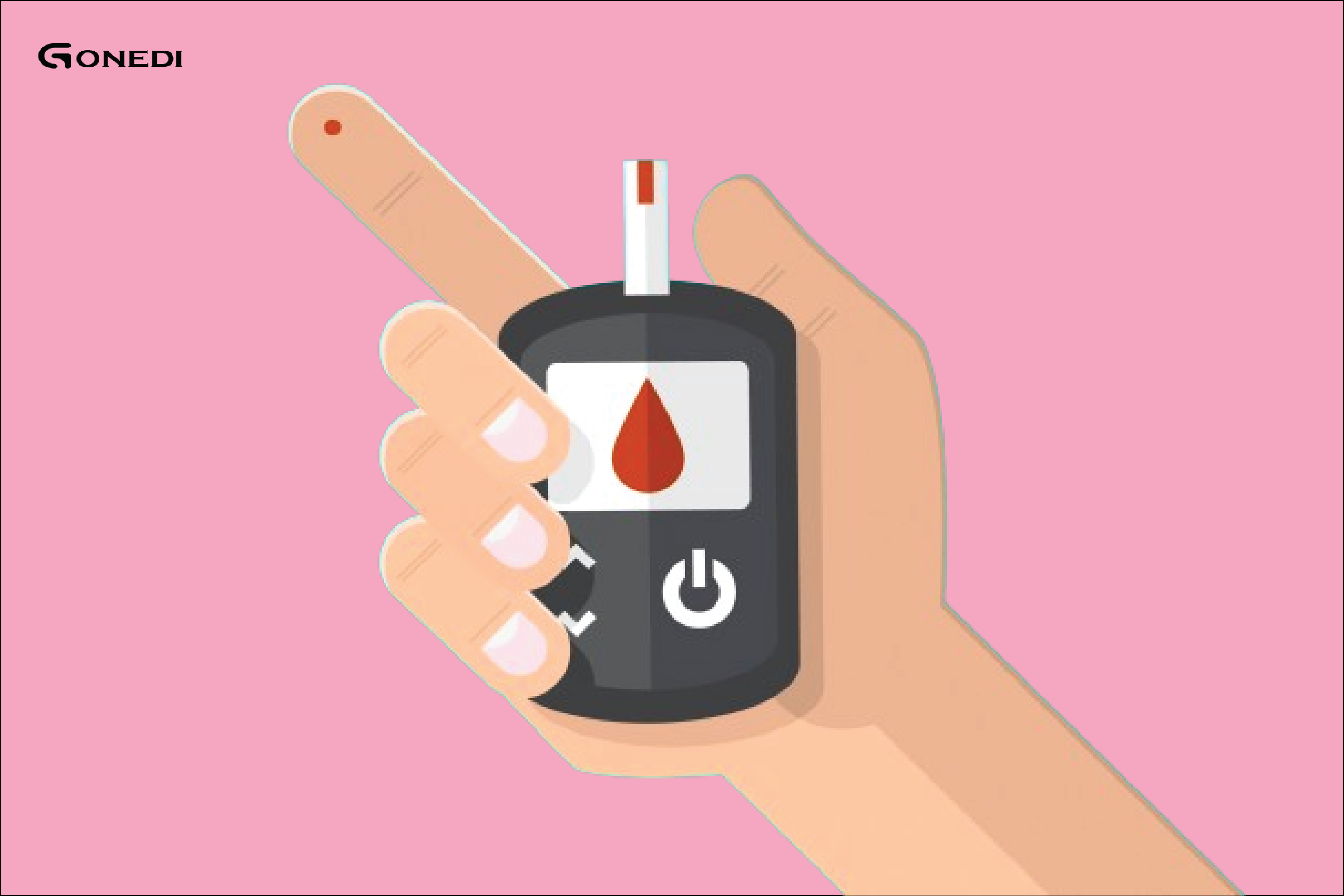14 signs that your blood sugar is too high
The food you consume contains glucose, a type of sugar that serves as your body’s primary source of energy, and is distributed throughout your cells. Blood sugar levels reflect the amount of glucose in your body.
High blood glucose levels occur when your body fails to use glucose properly, leading to conditions such as type 1 or type 2 diabetes. Ignoring this condition can lead to significant damage to vital organs such as the kidneys, eyes, nerves and blood vessels, which is indicated Combined with diabetes. Unfortunately, there is no cure for this disease.
Before a formal diagnosis, your body may show signs of an increase in blood sugar levels. Recognizing these symptoms early is crucial to preventing irreversible damage.
14 signs of high blood sugar:
Blurred vision
Dry and itchy skin
Increased thirst
Dry mouth
Recurrent infections
Frequent urination, especially during the night
Stomach problems
Impotence
Nerve problems
Excess belly fat
Slow healing of cuts and wounds
Constant hunger
Extreme fatigue
Difficulty concentrating
Foods to avoid:
Understanding the glycemic index (GI) is crucial to managing high blood sugar levels. The glycemic index indicates the amount of carbohydrates in a food, with lower numbers indicating lower glucose content (range from 0 to 100). You should avoid foods that are high in glycemic index, including sweets, soft drinks, baked potatoes, white bread, and rice cakes.
Low GI foods:
To maintain healthy sugar levels, consider incorporating low-GI foods into your diet. These include:
By paying attention to your food choices and choosing foods with a low glycemic index, you can help manage your blood sugar levels effectively and promote overall health.


